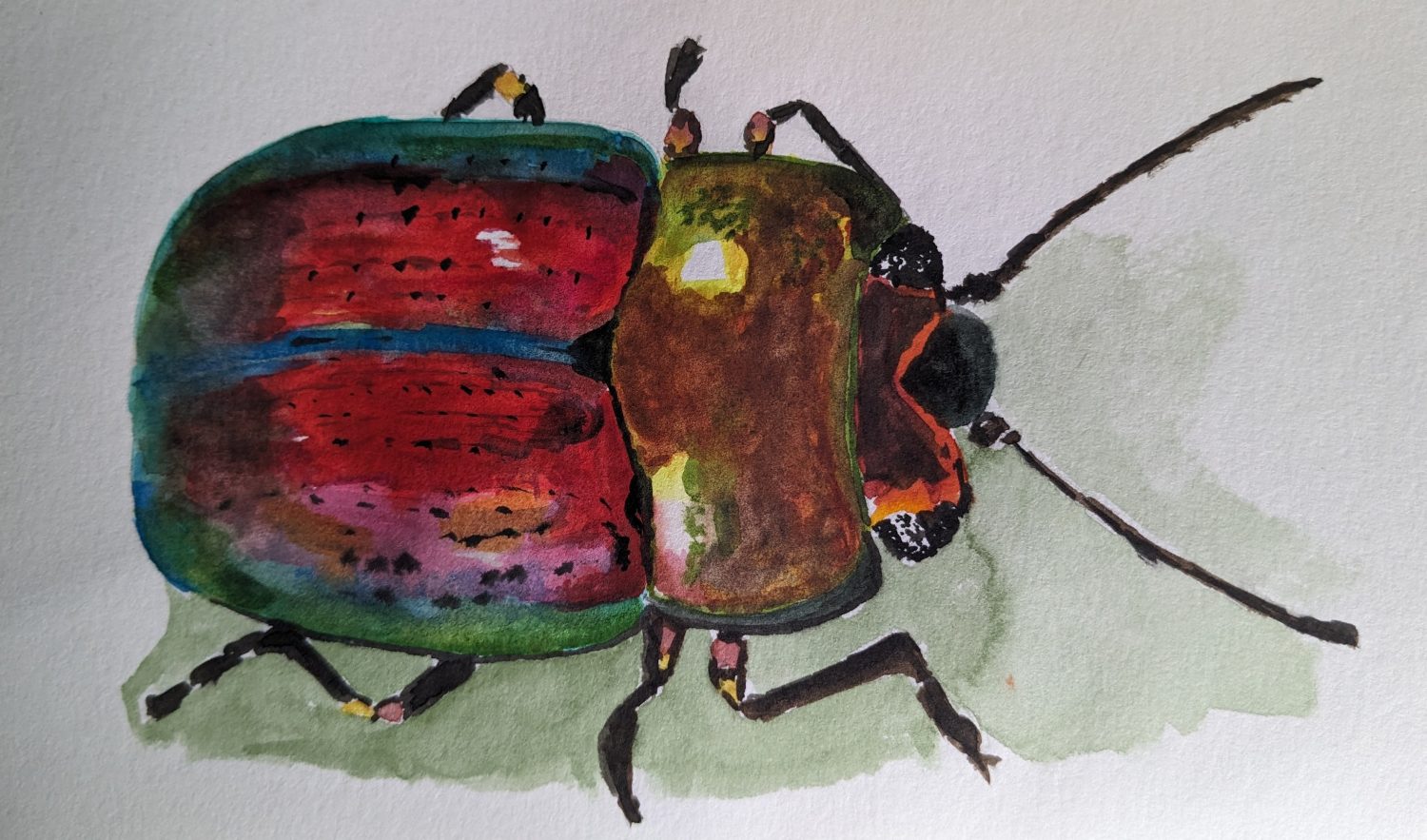One of the tips that shocked me when I attended my first workshop on the craft of picture books was that the current market wants books with fewer than 500 words. My heart sank as I looked down at Bread and Jam for Frances by Russell Hoban sitting on my lap – we were supposed to bring one of our favorite picture books with us. How could I ever write a complete story or develop a main character in under 500 words? Maurice Sendak’s Where the Wild Things Are is often given as an example of a low word count and high quality story. It comes in at 338 words.
It was not as hard as I thought to cut down 800 words to 600 or 600 words to 400, but I’ve yet to write a manuscript with less than 400 words that I like or that I feel provides good character development and has a classic picture book structure. I’m working on it. Lori Nichols, however, has mastered it in her book Maple (2014 Nancy Paulsen Books).
http://lorinichols.com/Lori_Nichols/NEW_BOOKS.html
I am totally charmed by the story and the illustrations, both done by Nichols. In a perfect dance between illustrations and text – perhaps easier because Nichols does both – we get a big dose of Maple’s big-hearted character right from page one. It is a lovely story of growth, friendships, need for nature, and becoming a big sister. All in 318 words!
My family had a goal of planting a tree for every birthday of our children. We succeeded for several years, but sadly got too busy in our lives to keep up the tradition. Luckily we moved to the country with some land and the squirrels are planting enough trees every year to count for a handful of children. Trees are so important to me that some trees on our property take on a level of importance most people only reserve for humans (I cry when they are hurt and mourn when they die). However, we humans wouldn’t be here if it weren’t for trees so I have no problem feeling this way.
This story is perfect for the young child who is a new big sister or big brother. It is also perfect for any child who loves nature. And for any reader who loves trees.
I’ve written a guided reading lesson plan that uses this book. Included is an extension lesson on finding a special place in nature for those teachers and students with access to an outdoor classroom, or any place on the school property with some trees.
http://www.teacherspayteachers.com/Product/Guided-Reading-Lesson-using-book-Maple-by-Lori-Nichols-1146913
